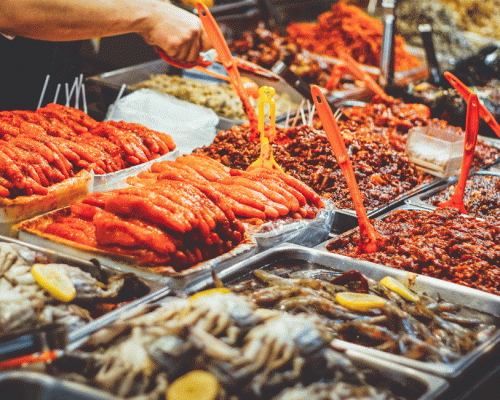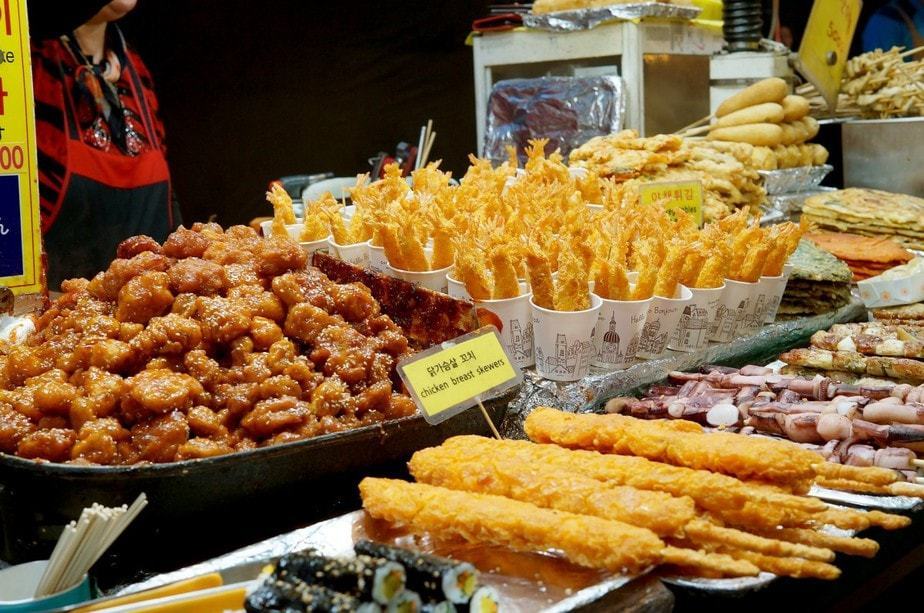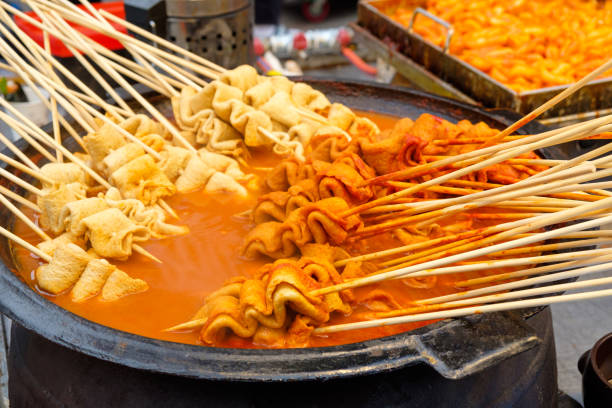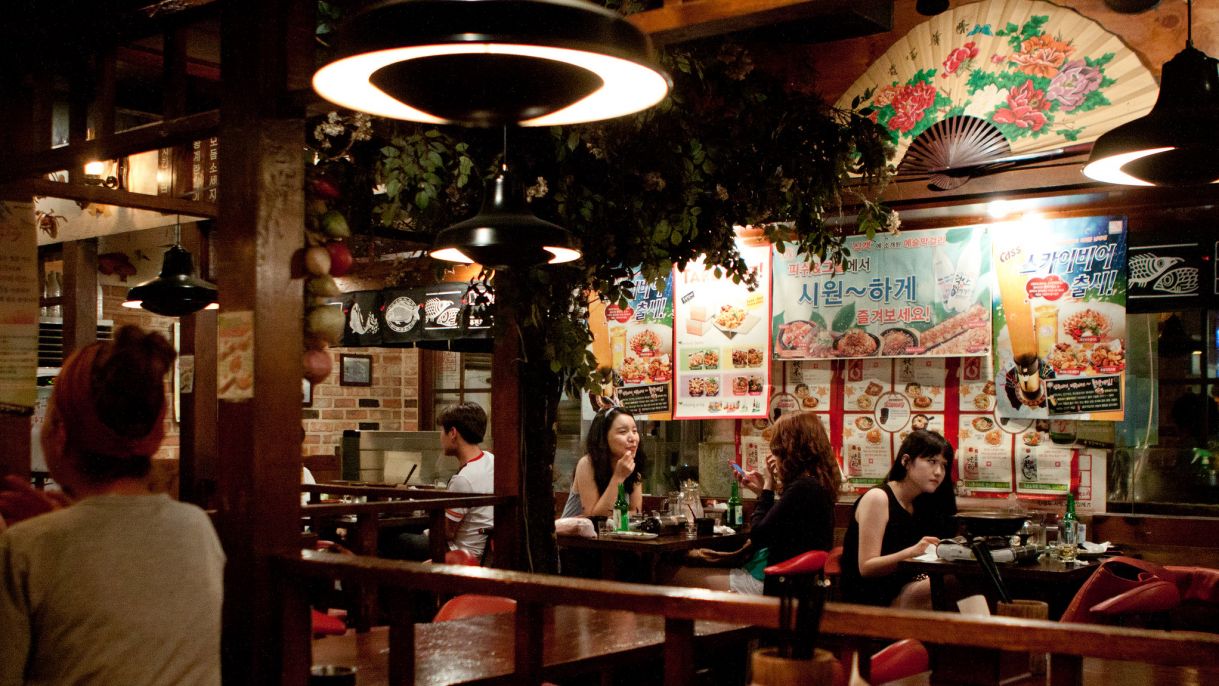‘What?!’
‘What is this?’
‘What you talking about?’

I’m sure these have been our daily expression no matter in which language you are speaking! Humans are full of curiosity, many times we have to know ‘what is this’ before we make any decision, especially in shopping!
In this post, I will share how to say ‘what?’ in different situations using simple Korean!
There are different words that can express ‘what’ in Korean, depends on the context:
this material is taking ’90-day-korean’ online lesson post as reference, for original post please click here: How To Say ‘What’ In Korean
뭐 (mwo)
asking ‘what is this?’ (mostly in a casual way)
Example 1: 뭐? (mwo?) – what? (casual)
Example 2: 이거 뭐예요? (i-geo mwo-ye-yo) – what is this?
무엇 (mu-eot)
asking ‘what is this?’ but in a very formal way, especially to the elders
Example: 이것은 무엇입니까? (i-geo-seun mu-eot-sip-mi-gga?) – what is this? (formal way)
어떤 (eo-ddeon)
expressing ‘what kind of..’ or ‘how was..’
Example: Ali씨는 어떤 사람이에요? (ali-ssi-neun eo-ddeon sa-ram-i-e-yo) – What kind of person Ali is?
무슨 (mu-seun)
asking for clarification or explanation
Example: 이말이 무슨 듯이에요? (i-mal-i mu-seun deut-i-e-yo) – What did you mean with these words?

Let us practice what we learnt with some real life situations here, in the form of dialog.
Situation 1: When you want to ask what is delicious at a Korean street food stall…

You:
안녕 하세요, 사장님. 여기에서 뭐가 맛있어요?
an-nyeong ha-sae-yo, sa-jang-nim. yeo-gi-e-seo mwo-ga mat-si-sseo-yo?
Hi, ‘the owner’! What is delicious in here?
*most of the time, we can use ‘sa-jang-nim’ to address the owner of the stall/restaurant*
Owner:
여기에 있는 모든 게 다 맛있어요!
yeo-gi-e it-neun mo-deun ge da mat-si-sseo-yo
Everything in here is delicious!
Situation 2: When you are curious on something and expecting for a description…

You:
와, 이거 맛이겠어요! 사장님, 이거는 어떤 음식이에요?
wa, i-geo mat-si-get-sseo-yo! sa-jang-nim, i-geo-neun eo-ddeon em-sik-i-e-yo?
Wow, this food looks so tasty. Sa-jang-nim, what kind of food is this?
Owner:
이거는 떡뽁이예요. 좀 매워지만 외국인사이에서 인기가 너무 많아요.
i-geo-neun ddeok-bbok-i-ye-yo. jom mae-wo-ji-man wi-gug-in-sa-i-e-seo in-gi-ga neo-mu man-a-yo
This is Spicy Korean Rice Cake. It is quite spicy, but very popular among foreigners.
More exclusive Korean lessons in MyDaehan!
Disclaimer: this post is created by Korean learners who want to share and practice Korean together. If there is any mistakes in the post, please feel free to contact us for editing at mydaehan2020@gmail.com . Your help will be much appreciated!
























